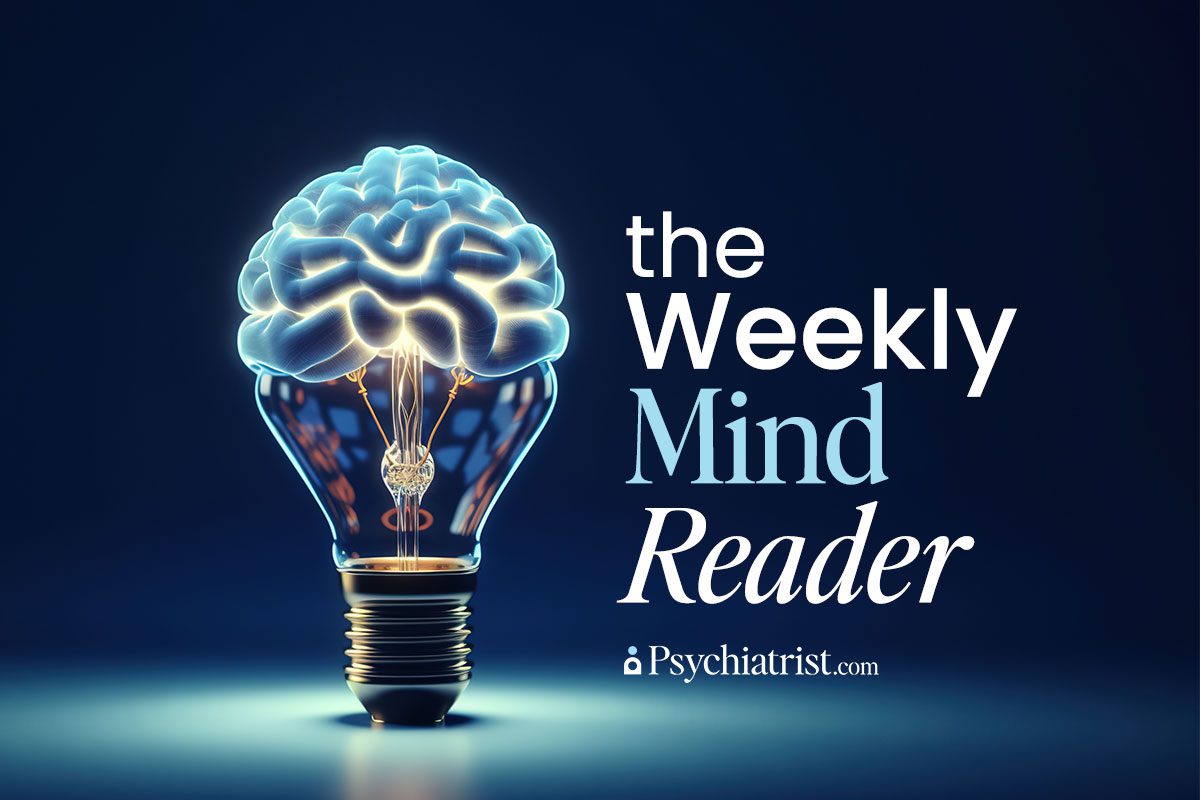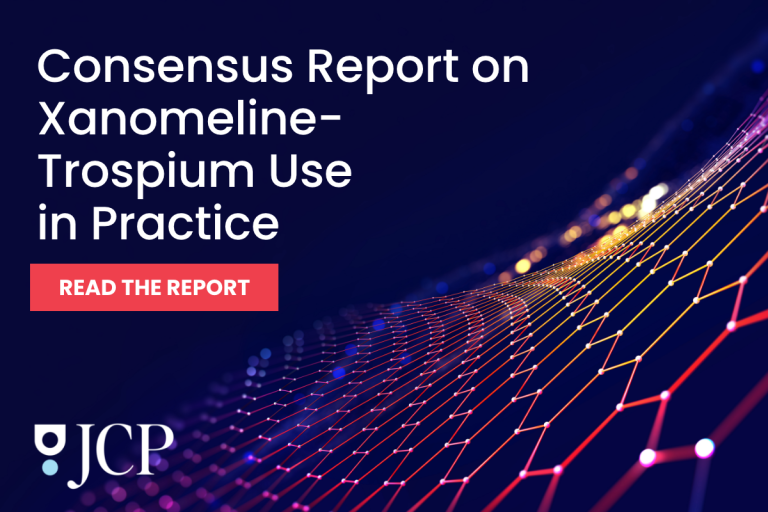At a time when federal funding for public health programs borders on extinction, the nation’s largest mental health advocacy group announced its latest annual status update. And it’s not good.
Mental Health America’s “The State of Mental Health in America 2025” paints a conflicted landscape of the country’s well-being. While youth depression and suicidal thoughts finally appear to be tapering off, millions of adults still lack access to basic care.
The result? A country torn between progress and paralysis. One where New York, Hawaii, and New Jersey top the rankings for mental health outcomes, while Nevada, Arizona, and Alabama languish at the bottom.
Drawing on data through 2023 and early 2024, the researchers tracked 17 indicators across all 50 states (and the District of Columbia), assessing everything from depression rates to workforce availability. It’s not just a scorecard, the authors contend, it’s a call to action for policymakers, advocates, and communities to close widening gaps in care and equity.
“This report gives us a foundation to build better strategies, advocate for smarter policies, and target resources where they are needed most to address the ongoing mental health crisis in this country,” MHA CEO (and interim president) Mary Giliberti said in a statement. “By using these facts to fuel action, we can best support the individuals and communities the data represent, moving from awareness to lasting change.”
The Winners. The Strugglers. And What Separates Them.
For the second straight year, New York tops the rankings, bolstered by low youth suicide rates (11.3%) and relatively few uninsured adults living with mental illness (4.2%). Hawaii isn’t far behind, set apart by high treatment access and low adult distress rates. New Jersey rounds out the top three, buoyed by high “youth flourishing” scores and the nation’s lowest adult mental illness rate (19.7%).
At the other end of the spectrum, Nevada, Arizona, and Alabama continue to post distressing numbers: high youth depression rates, larger uninsured populations, and the nation’s worst shortages of providers.
Alabama, for example, faces a staggering 740-to-1 ratio of residents to mental health providers — the worst in the country. It’s emblematic of a disparity that underscores a sobering reality. Where you live still determines how (and whether) you get mental health care.
Adults Are Still Struggling
Nearly one in four adults (23.4%) — about 60 million Americans — experienced a mental illness in 2024. It’s a rate that’s remained relatively static since 2021.
- Roughly 17.7% had a substance use disorder, equivalent to 46 million people.
- And 5.5% reported serious thoughts of suicide — more than 14 million Americans.
While national averages have leveled off, state-level gaps have expanded. In Oregon, Utah, and West Virginia, for instance, nearly one in three adults met the criteria for a mental illness.
Meanwhile, southern states still struggle with uninsured rates. In Texas, nearly 20% of adults with mental illness lacked health coverage. That’s a rate that’s six times higher than Vermont.
The report’s authors also warn that recent Medicaid cuts under the 2025 “One Big Beautiful Bill Act” could make things even worse, stripping 15 million Americans of insurance. That includes an estimated 10 million Medicaid and Affordable Care Act enrollees. MHA warns that those losses will “significantly limit access to health care for adults with behavioral health conditions and result in worsening outcomes.”
The Kids Are a Little Better.
In a bit of (cautiously) optimistic news, for the first time in years, the mental health of America’s youth appears to be improving. Between 2023 and 2024:
- The share of adolescents with major depressive episodes fell from 18.1% to 15.4%.
- Youth reporting serious thoughts of suicide tumbled from 12.3% to 10.1%.
“It is encouraging to see signs of improvement in youth mental health, and that progress is exactly why we cannot take our foot off of the gas pedal,” MHA senior director of population health Maddy Reinert added. “The data continue to show that the overall need for mental health care remains high, while access still falls short for too many. To make lasting progress, we must continue to invest in proven strategies that support people at every stage of life, and every step of their mental health journey.”
Even so, the numbers remain frustratingly high: 2.8 million teens suffered from depression severe enough to disrupt school, work, or home life. And nearly 3 million reported frequent suicidal thoughts.
States such as Hawaii, New York, and Indiana led the way, with notable drops in youth depression rates. MHA attributes the trend (at least in part) to investments in crisis services, including the national rollout of the 988 suicide and crisis hotline and school-based mental health initiatives.
But budget (and staff) cuts to the Substance Abuse and Mental Health Services Administration (SAMHSA) – the agency that runs 988 – threaten even these modest improvements.
And access remains inconsistent. More than 7 million adolescents across the country went without a preventive doctor’s visit — often the first place mental health issues crop up. And nearly 60% of depressed youth received no treatment at all.
Mental Health Workforce Still Stretched Thin.
Nationwide, there were 320 residents for every one mental health provider in 2024, an average that conceals dramatic variations – from Vermont’s 150:1 ratio to Alabama’s 740:1.
But the country’s problems extend well beyond a dearth of therapists. Rural areas face startling gaps in psychiatry, telehealth infrastructure, and crisis response. Consequently, even insured individuals often face long wait times or higher out-of-network bills.
Without much more investment in the behavioral health workforce — especially in areas such as training, reimbursement, and rural recruitment — MHA warns that “millions of people will continue to go untreated despite record levels of awareness.”
Substance Dependence Persists
In a rare bright spot, overdose deaths dropped off for the first time since 2018. Experts credit expanded naloxone access, harm reduction programs, and state-level treatment investments. But the share of adults with a substance use disorder barely budged, signaling that prevention and recovery services remain underpowered.
More than three-quarters of adults with SUD didn’t receive treatment between 2022 and 2023. The culprit? Stigma, self-reliance, and lack of readiness to quit — not logistics. MHA argues for broader “low-threshold” services, such as fentanyl test strips and opioid-reversal kits that meet people where they are.
The ‘Flourishing’ Factor
MHA doesn’t just track suffering. It also measures successes. The report includes a “youth flourishing” index, which captures curiosity, perseverance, and emotional regulation among children between the ages of 6 and 17. Nationwide, more than 60% of youth met all flourishing criteria, though rates ranged from 66% in Illinois to 54% in Utah.
Flourishing might sound nebulous, but MHA frames it as something much more tangible – a proxy for social connection, school engagement, and family stability. States that scored high on flourishing also tended to have better access to preventive care, reinforcing the value of early, holistic interventions.
Mental Health Policy Crossroads
The new report lands at a politically volatile moment. Federal and state lawmakers are reshaping health policy, sometimes at odds with the data. MHA calls on Congress to:
- Safeguard Medicaid funding and prevent insurance rollbacks.
- Expand workforce development and boost incentives for behavioral health professionals.
- Support early intervention through preventive care and school-based screenings.
- Invest in surveillance to ensure accurate, timely data on behavioral health needs.
In its starkest warning, the report notes that today’s policy trajectory — especially insurance cuts — could “reverse years of progress and leave the nation less prepared to address the next mental health crisis.”
Further Reading
U.S. Suicide Deaths Reach Record High



